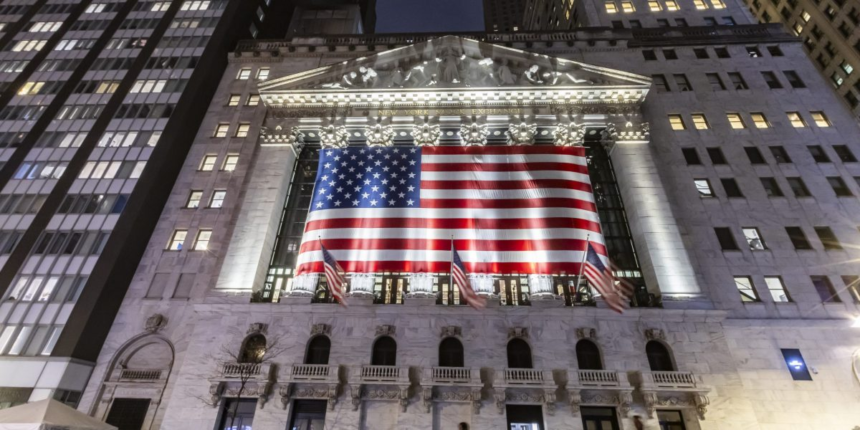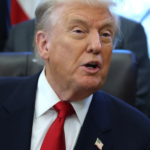Just as American consumers have demonstrated extraordinary resilience amid President Donald Trump’s tariffs, foreign investors apparently have a strong stomach for market chaos.
The 10-year Treasury yield initially plunged but then soared more than 70 basis points in just days as investors worried top U.S. debt holders would dump their holdings.
But a month later, the opposite happened.
“The hurdle for the US to experience genuine capital flight is high and certainly wasn’t breached in April,” Brooks wrote.
To be sure, the 10-year yield remains above its pre-Liberation Day level, and the dollar has suffered its worst first half in more than 50 years.
Meanwhile, talks with Japan and trade partners have cemented tariffs rates that are higher than the initial 10% baseline. Negotiations with other countries are still ongoing, and failure to reach a deal could send tariff rates even higher.
Nevertheless, market veteran Ed Yardeni, president of Yardeni Research, was also heartened by the data showing record inflows into U.S. markets.
“So, we take comfort from the data that confirm that it is the bears on the outlook for a massive selloff in US bonds, US equities, and the US dollar who might be delusional, not us,” he wrote on Monday. “Our faith in the kindness of strangers has been validated by the latest Treasury data.
Just a few months ago, top names on Wall Street were sounding the alarm on Trump’s tariffs and their long-term repercussions.
“On the financial markets, no brand can compare to the brand of the U.S. Treasuries… we put that brand at risk,” he said, adding that it takes a very long time to remove the tarnish on a brand.
“Our outlook argues that the structural foundations of U.S. exceptionalism—particularly the ability to finance itself cheaply via the dollar’s reserve status—have begun to erode,” economist Jim Reid wrote in a note. “So we remain structurally bearish on the dollar and expect U.S. term premia to keep rising.”









